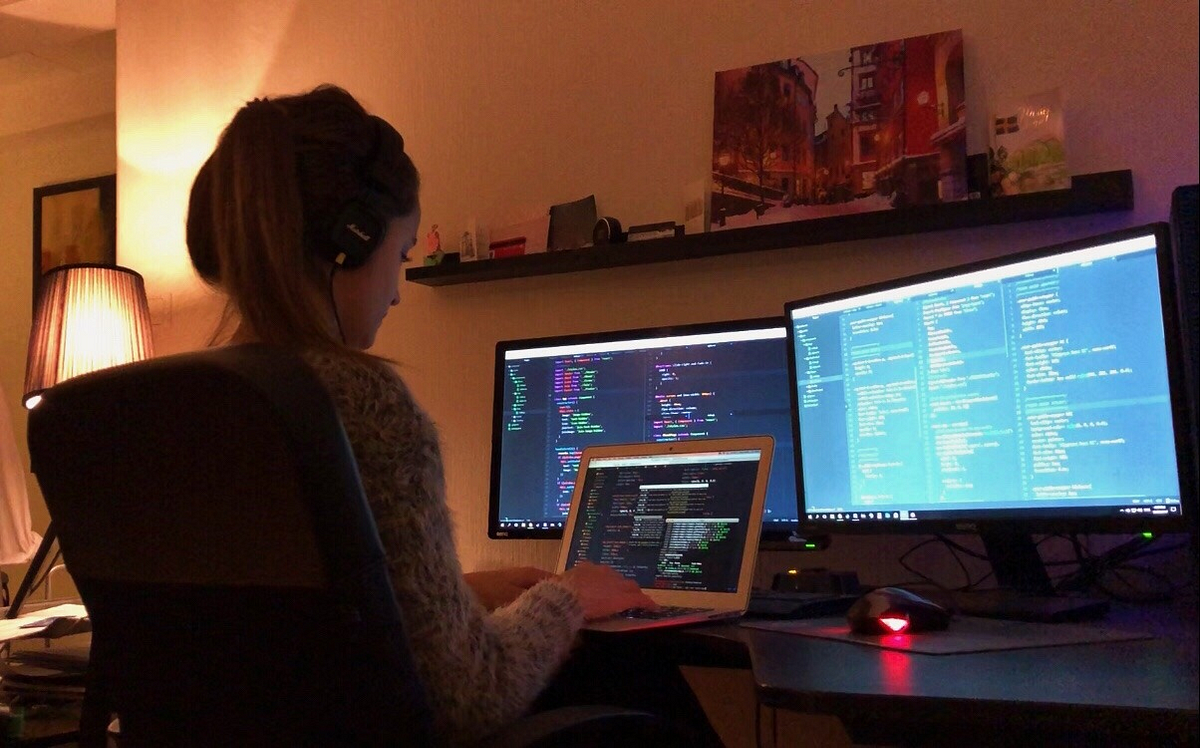Committed Developers vs. In-House Teams: Which Is Right for You?
The choice between using devoted developers and preserving an internal group is a substantial one that can influence the trajectory of your tasks and total company approach. On the other hand, internal groups add to a natural company society and a nuanced understanding of long-lasting objectives.
Recognizing Committed Programmers
The expanding need for specialized skills in the tech sector has led to the emergence of specialized designers as a practical remedy for several companies. These specialists are commonly contracted on a task basis, enabling companies to utilize certain knowledge without the lasting dedication connected with full-time hires. Dedicated designers are frequently embedded within a customer's group, supplying adaptability and scalability to satisfy project requirements.
This model allows organizations to access a worldwide skill swimming pool, which is especially beneficial in a quickly advancing technical landscape. Devoted designers can be sourced from various geographical areas, making certain that companies can find the appropriate capability at affordable prices. They typically bring a wide range of experience and understanding, having dealt with diverse tasks throughout different sectors.
Additionally, devoted designers can concentrate exclusively on the tasks at hand, improving efficiency and efficiency. They are geared up to incorporate perfectly into existing process, working together closely with internal groups to attain job purposes. This technique not only reduces the problem of employment and training yet likewise allows companies to remain agile, adjusting promptly to transforming market needs and technological developments.
Advantages of In-House Teams

Additionally, in-house teams often tend to have a much deeper understanding of the company's goal, values, and objectives. This positioning can improve employee engagement and inspiration, as staff member really feel more linked to their work and the organization's success. In addition, having a devoted in-house group permits for far better placement of techniques and objectives, as these participants are consistently focused on the company's priorities.
Internal groups also promote quicker decision-making procedures, as they can respond a lot more swiftly to difficulties and adjustments. The established connections and experience with business procedures permit structured operations and lowered miscommunication. Inevitably, the mix of a natural society, placement with business objectives, and reliable interaction makes internal groups a valuable asset for many organizations, particularly those looking to cultivate long-term growth and development.
Expense Considerations
When assessing cost considerations, both in-house groups and committed designers present distinct financial effects for companies. Engaging dedicated designers usually involves a pay-per-project or hourly price version, which can be economical for businesses with varying project needs. This technique permits adaptability in scaling sources up or down, guaranteeing that companies just pay for the solutions they need.
In contrast, in-house groups involve taken care of prices, consisting of wages, benefits, and overhead expenses such as office and devices. While this version uses greater control and prompt availability of sources, it may lead to higher lasting costs, specifically if the workload does not justify a permanent staff.
In addition, business should think about the surprise costs connected with employment and training of in-house employees, which can additionally stress spending plans. Sometimes, the time and sources invested in taking care of an internal group can diminish the company's core service goals.

Job Administration and Flexibility
Project management and adaptability are essential aspects that influence the choice in between specialized designers and in-house groups. Dedicated designers normally provide a high degree of versatility, allowing companies to scale sources up or down based on task demands. This dexterity can be specifically helpful for businesses experiencing fluctuating work or those looking for to innovate rapidly. Committed teams frequently have actually established procedures for handling tasks successfully, leveraging specific techniques like Agile or Scrum, which help with repetitive progress and versatility.

Inevitably, the option between internal teams and specialized programmers depends upon the desired degree of versatility and the specific job management needs. Firms need to evaluate their operational characteristics, job intricacy, and resource availability to figure out which choice aligns best with their tactical purposes.
Making the Right Choice
Selecting the right development technique-- dedicated designers or in-house teams-- requires a cautious analysis of various aspects that straighten with a company's calculated objectives. nearshore software development. First, take into consideration the nature of the project. If it requires specialized Clicking Here skills or a quick scale-up, devoted programmers might be preferable. Conversely, in-house groups can provide better connection and integration with existing employees.
Next, assess your budget. Committed programmers often present an affordable remedy for temporary tasks, while internal teams might sustain higher long-lasting expenses as a result of incomes, benefits, and overhead costs. Assess the degree of control and cooperation preferred; in-house groups commonly cultivate stronger communication and placement with business culture.
If immediate results are required, dedicated developers can be onboarded rapidly, whereas constructing an in-house team takes time for employment and training. If continuous development is essential, spending in an in-house team may yield far better returns over time.
Verdict
In conclusion, the decision between devoted developers and in-house teams hinges on project needs and organizational objectives. Conversely, in-house groups grow a natural culture and much deeper alignment with helpful hints lasting goals.
The choice between utilizing committed designers and keeping an internal team is a substantial one that can impact the trajectory of your projects and general company strategy.Job management and versatility are vital elements that affect the selection between in-house groups and devoted programmers. hire dedicated developers.In comparison, internal teams might excel in keeping a constant job administration structure due to their familiarity with the company's culture and long-term objectives. Devoted developers commonly provide a cost-efficient solution for temporary projects, while internal teams might incur greater long-term costs due to incomes, benefits, and expenses costs.In conclusion, the decision between in-house teams and specialized programmers hinges on job demands and organizational objectives